Wind triangle
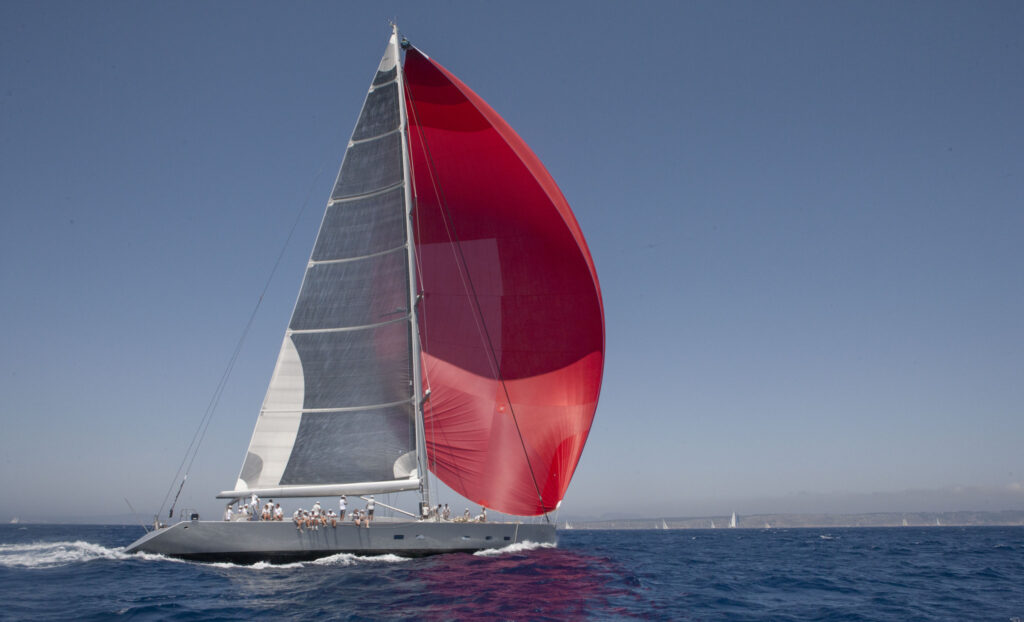
The wind experienced by a fixed observer (true wind) is not the same wind an observer on a moving yacht will feel (apparent wind). The wind triangle helps us understand what the true and apparent winds are and how they are related.

The wind experienced by a fixed observer (true wind) is not the same wind an observer on a moving yacht will feel (apparent wind). The wind triangle helps us understand what the true and apparent winds are and how they are related.
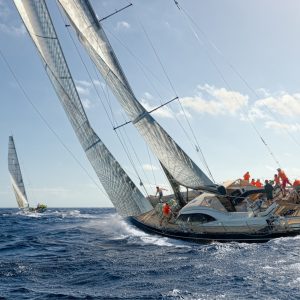

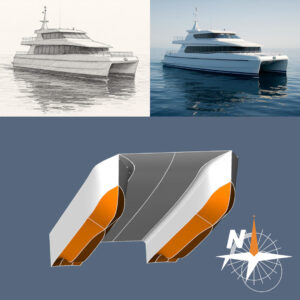
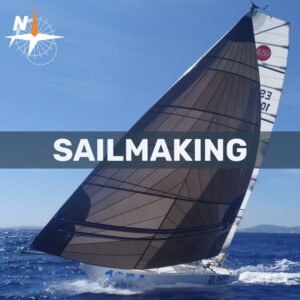
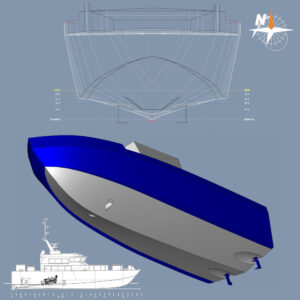
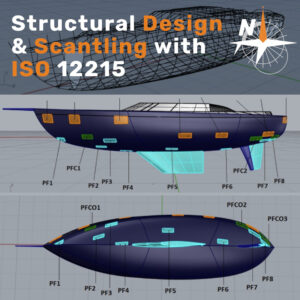
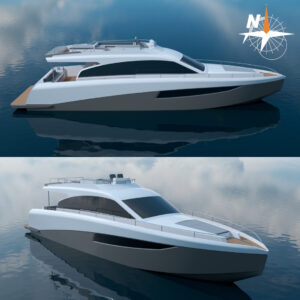
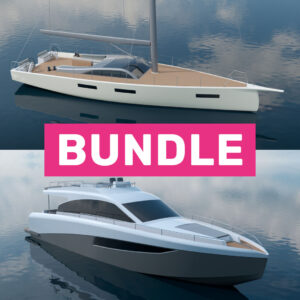


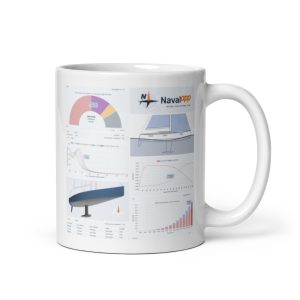

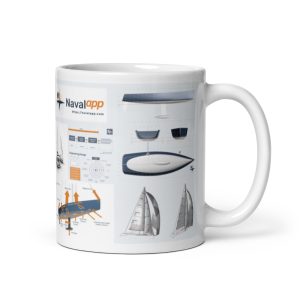
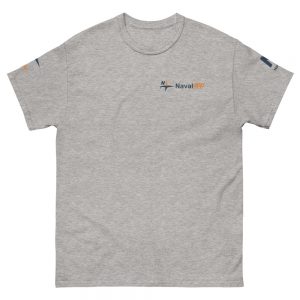


Please confirm you want to block this member.
You will no longer be able to:
Please note: This action will also remove this member from your connections and send a report to the site admin. Please allow a few minutes for this process to complete.